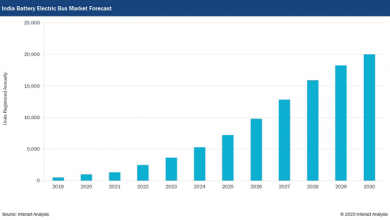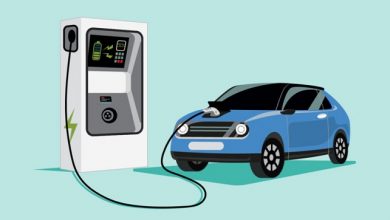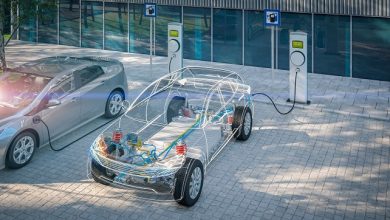Electric Vehicle Ecosystem in the making: What’s in it for each one of us?
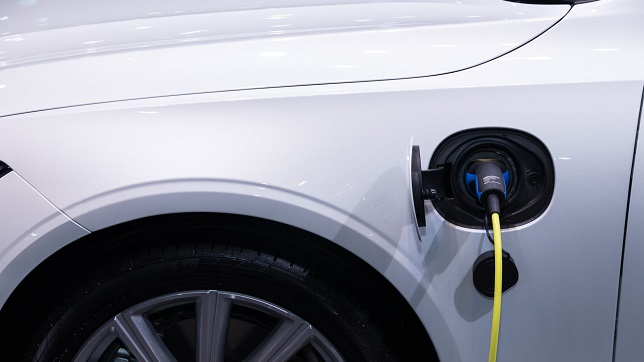
The adoption of Electric Vehicles (EVs) from Traditional Internal Combustion Engine (ICE) has made tremendous progress in the past few years. It all began with the awareness of the environment bundled with innovations that led to an EV era.
Electric Vehicles (EVs) have never been more safe, sleek and bundled with driving features. The electricity that powers an EV must also come from other sources than conventional, enabling a more significant and cleaner electricity generating infrastructure.
The economic slowdown has shadowed most of the countries, including India. The future of the automotive industry, during these challenging times, would heavily depend on investments made in electric vehicles and related technologies. As India is becoming the manufacturing hub for EVs, the Government of India has announced the FAME II scheme supporting EVs to meet their sustainability goals. Startups are leading the race in electric vehicle development than the established OEMs like in the ICE space.
The startup and OEMs are in jeopardy between reducing EV costs and spending money to boost infrastructure, while the government, on the other side, is incentivizing the use of EVs. But has this addressed the vital questions related to long-term sustenance? Here are some issues that must be addressed both from an industry perspective and a consumer’s perspective.
- The cost of electric vehicles is still not affordable for an ordinary man, especially in the tightening economic condition.
- Distance apprehension – is there sufficient charge to complete the drive/ride?
- Is adequate charging infrastructure available for further adoption of EVs?
- How can we reduce dependency on battery and component imports?
- Are EVs secure in a connected environment?
- Does the industry have a skilled workforce to cater for the existing development environment?
- Do we have the right academic programs to enable continued innovations in the EV space?
Many new startups dominate the Indian EV segment in development and assembly activities. However, the key missing element is the lack of enough effort on fundamental research. Academic institutions are involved in fundamental research; however, making the technology viable and commercially affordable has been the biggest challenge.
Although there are various research initiatives globally taken to find an alternative combination for batteries – the primary source of vehicle power is brushless motors, where alternatives research efforts are not enough. A few areas where the industry can step up the fundamental research pieces concerning electric vehicles are supercapacitors, structural electronics, alternative power trains, energy harvesting and regeneration, traction battery systems, alternative/renewable charging sources, and the likes.
Apart from fundamental research, the awareness of safe and secure product development concerning process standards could help us build a world-class ecosystem, making India one of the prime EV hubs of the world. Involvement from various stakeholders at a very early stage of product and technology development is a key enabler in achieving this. Understanding the importance of each stakeholder and their involvement in the product development environment benefits all parties mutually. Figure 1 depicts the stakeholders of the Safe and Secure Product Development Ecosystem.
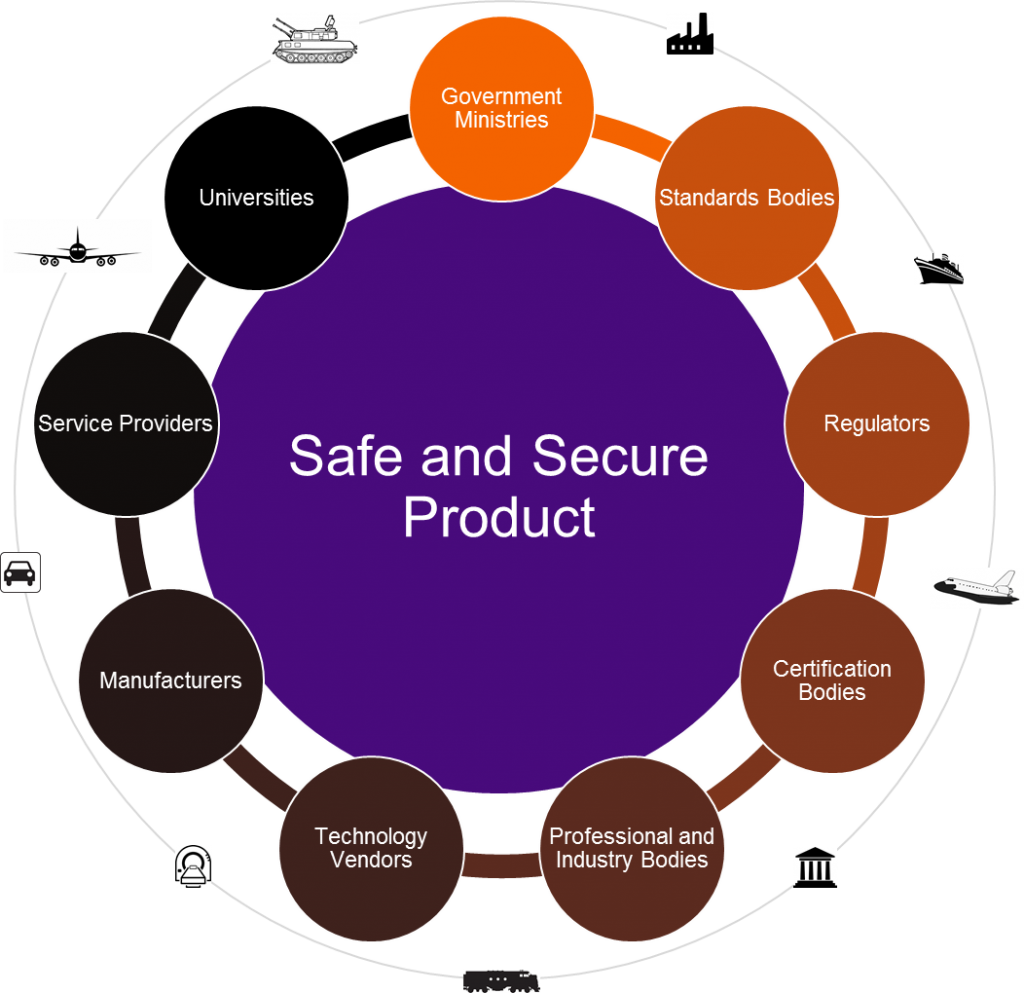
Standard bodies play a vital role in ensuring that India becomes a pioneer in developing and implementing safe and secure products for future generations. Currently, multiple process standards are adopted for the safety and certifications of active sub-systems used in EVs. But international organizations are still struggling to develop a unified process standard that is accepted globally. There are multiple process standards for the hardware equipment and the supporting charging infrastructure. But let’s not forget that any EV is a co-engineered and co-functioning of complex software working in tandem with hardware.
Neglecting the software safety and security would pose severe liability issues when scaling OEM’s production capacity for export markets. The ISO Committee’s industry standards catalogue 43 (Road Engineering) has an entire working group for Electric Road Vehicles, including components and systems. Indian Standard Bodies like CMVR (BIS/AIS) could adopt from multiple sub-committees in adopting an Indian specific standard, which could also be globally acceptable (refer Figure 2).

Only when a process standard get passed as a regulation, it is considered to be complete. And this regulation needs to be enforced by the regulators allowing minimal or no exception in the product development environment. OEM or a product development company will be capable of adhering to these regulations only when they have access to the right set of technology and service providers and achieve contributions from professional and industry bodies.
The current scenario encourages Indian stakeholders to scale up the regulation formation activities while engaging the entire ecosystem, resulting in the rapid adoption of process standards in the already vibrant EV development environment, filled with global auto majors and startup companies.
Standards-based Approach
ISO 26262 “Road Vehicles – Functional Safety” has successfully been implemented for all the automotive products developed. And recently, ISO/SAE 21434:2021 “Road Vehicles – Cybersecurity Engineering” was also published. We can expect these standards to play a significant role in all the current and upcoming automotive products.
The below image is an example of considerations as per ISO 26262 fitted in a V model.
Here are some best practices that help the ecosystem build a safe, secure, and dependable system – capitalizing on the tailwinds of the current world situation.
- Think long term. Strategic Vs Tactical. Vulnerabilities evolve constantly. Considering long term loopholes and addressing the vulnerabilities as part of the entire development life cycle is critical.
- Creative Mindset. Testing a system, sub-system, or application for vulnerabilities always requires thinking outside of the box. Creative thinking can help determine the unexpected outcome and its implication to the system, sub-system, or application. Typical use cases would only test for normal behavior/lapses.
- It’s just not Safety anymore. Security should also be considered as part of the design. And understanding the scope of security and possible vulnerabilities would not incur an additional cost of security than the required scope.
- No Silver Bullet. As observed by Fred Brooks in 1986 in a widely discussed paper on software engineering. “There is no single development, in either technology or management techniques, which by itself promises one order of magnitude improvement within a decade in productivity, in reliability, in simplicity”. There is no shortcut to a safe and secure product, and therefore rigor in the following process is of utmost significance. Safety and Security are processes and not a product.
- The Devil is in the Details. Mistakes are usually made in the smallest details of the project. A seemingly simple concept might be far more challenging to implement in a complex environment. It is extremely critical to understand the minutest details for developing an efficient and reliable system.
- Test Early and Test Often. A bug detected early within the SDLC can be addressed much faster and at a low cost. Having a test-based approach and inculcating testing while developing and testing as often would have increased software quality assurance and a reliable system, sub-system or application.
- Use of Qualified Tools. The key to successful validation is the need to make sure testing is accurate. In most cases, for regulated industries that enforce functional safety and security standards, incorrectly verified software would result in delayed certification and in some cases, even legal liabilities. It is always validation that enables getting a product certified right the first time.
- Certification Framework. Building the systems and sub-systems from a certification mindset from the design stage helps the manufacturers concentrate on the domestic market opportunities and export potential.
As part of the ecosystem for safety, security, and mission-critical product development, LDRA has been the pioneer and instrumental in many process standards and coding guidelines since 1975. LDRA assured world-class tools, and capabilities make us the preferred partner for the Automotive vertical. Boasting a worldwide presence, LDRA is headquartered in the United Kingdom with a presence in the United States, India and Germany coupled with an extensive distributor network.
Author:

Raja Pandian R
Senior Business Development Executive
LDRA
Raja Pandian R is currently working as Senior Business Development Executive at LDRA, India. He takes care of technical & strategic partnership development activities with technology partners, associations, industry bodies, regulatory and certification agencies for Automotive, Railway, & Industrial Domains. He has been actively engaging in IEEE EV Forum, ASPIRE ICAT initiative and the likes and holds diverse experience across Marketing and Business Development in Semiconductor Industry.
Published in Telematics Wire


